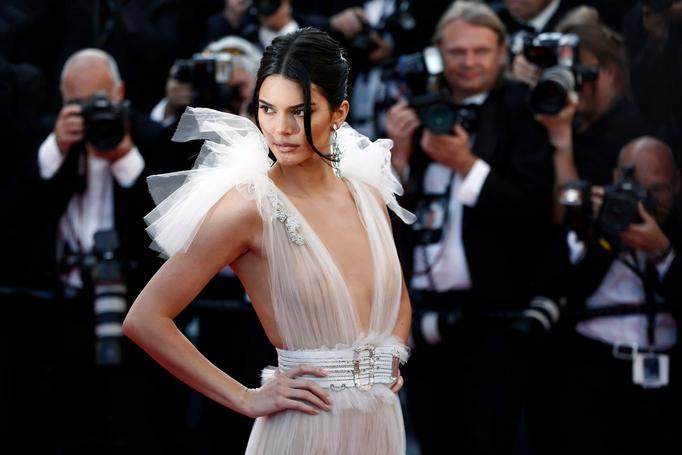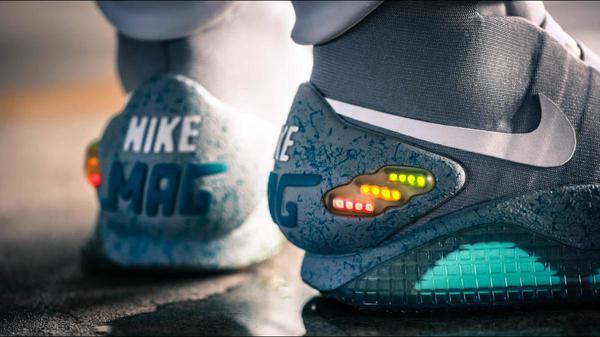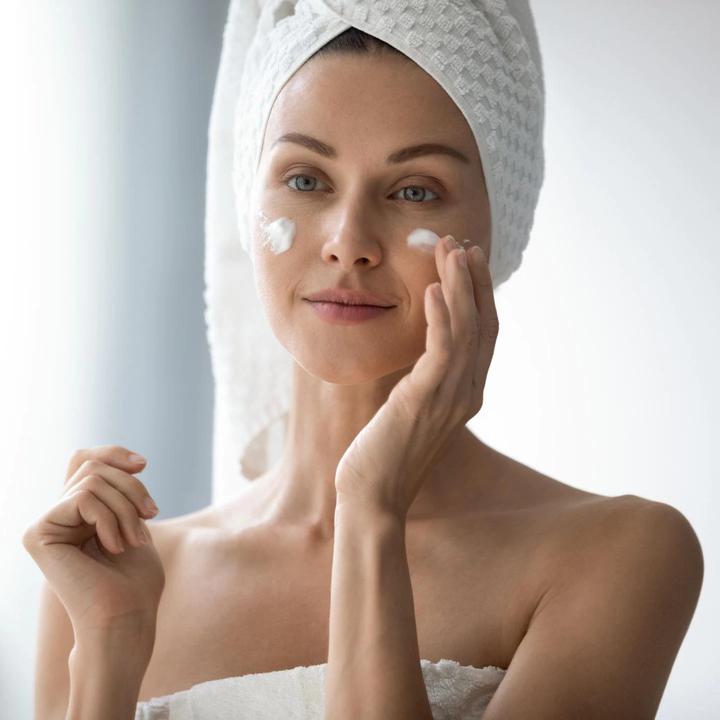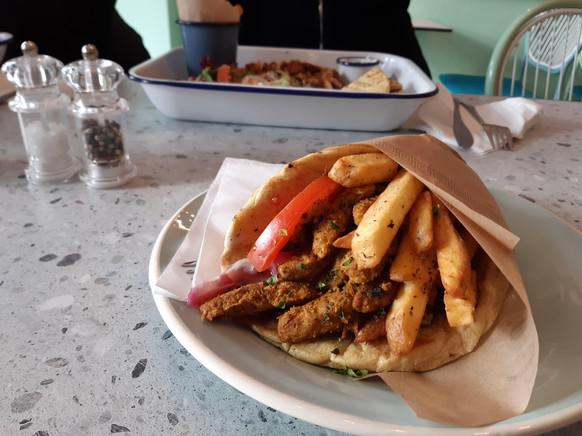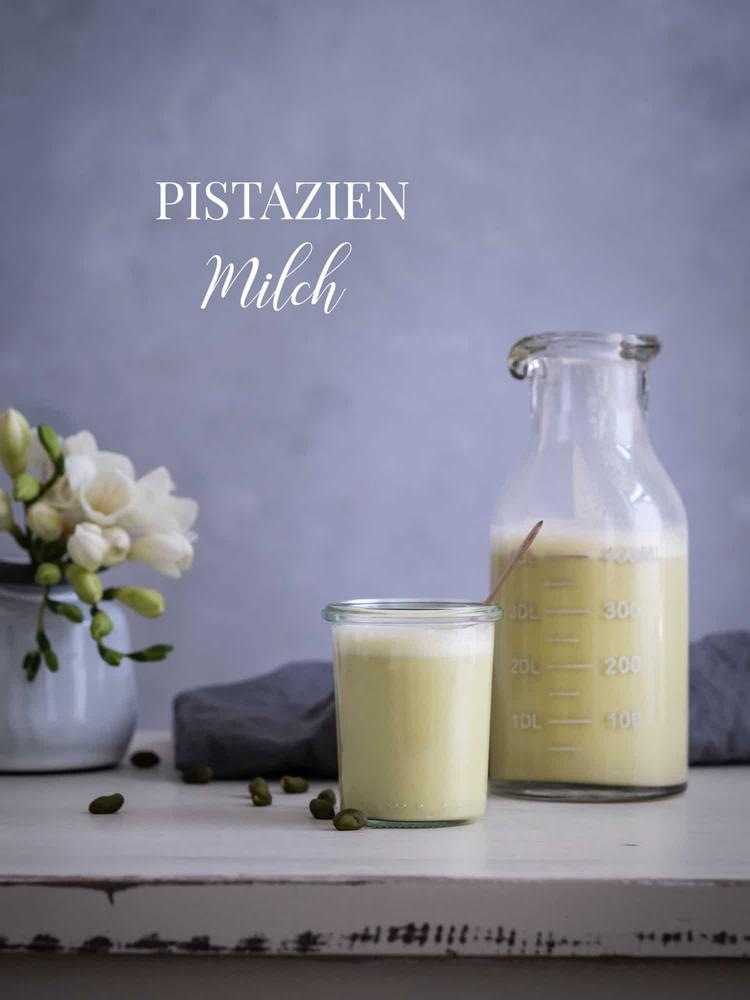
The greatest motivation, the most stylish sports outfit, the best training buddy - things that can inspire successful running training. And yet they're almost pointless if you're not wearing the best running shoes for you. If the shoes pinch, they are unsuitable for your running route or do not give your feet the stability they may need, the desire to run can quickly turn into frustration.
So that you are spared this, we will clarify questions for you such as 'Stable or neutral shoe - what is the difference?' 'Which running shoe is right for me?', 'What do I have to look out for when buying a running shoe?' and 'Can I go jogging in my gym shoes?'
Best running shoes: You should consider these aspects before you buy them
When choosing our casual shoes, we like to go by their looks and personal taste. With running shoes, that's not always the best idea. These aspects are much more important when choosing the right running shoe and should primarily play a role:
- Running route: Will you primarily be out and about with your running shoes on asphalt or other paved paths? Or do you prefer to go jogging in the woods or do you have other natural surfaces that you run on?
- Pronation: This is the way you appear. A distinction is made between heel, midfoot and forefoot runners.
- Foot malpositions: A common example would be overpronation, i.e. the feet tilt inwards too much when running.
- Weight: Depending the higher your own body weight, the more stability a running shoe must provide. This minimizes the risk of injury.
- Musculature: Depending on how strong your foot muscles are, they may still need some support - for example after an injury or a longer break from training.
- Size & Fit: When jogging, you need shoes that really fit. You can only perform at your best if your feet have the necessary space and nothing pinches.
- Price: Of course, only you know your budget. It is certainly also crucial whether you are just starting to run, for example, and are not yet sure whether you will keep at it.
The list of aspects that influence your purchase decision and the choice of your best running shoe is long, but it is good for your health. With some additional information, you can also quickly get an idea of what you need for a jogging shoe.
A few more hints on the decisive criteria
You probably don't have to worry as much about point 1, the running route, because you know instinctively what opportunities are available to you. If you are outdoors a lot and can use the time there for running, a so-called trail running shoe is a good idea. This has more grip, gives you more grip on slippery, muddy surfaces and sometimes evens out a sharp stone or an angular root.
If you prefer to walk on paved paths, a trail running shoe makes less sense. What is more important here is good cushioning and good rolling behavior of the running shoes. Points 2 and 3 apply here: your pronation and possible foot deformities. Ideally, you should have this determined or examined by a professional. After that, you can choose between a neutral or stable shoe. The difference is quickly explained: a stable shoe provides stability in the case of overpronation or weak muscles. A neutral shoe does not have this additional function.
Tip: If you have often noticed that the soles of your leisure shoes are more worn on the inside, it is very likely that you are overpronating. A stable shoe would be very advisable in this case.
How does your weight affect your choice of running shoes?
Your weight, point 4 in our list, also plays a role in choosing the best running shoes for you. It is well known that we put a lot of strain on our joints and especially our ankles when running. You have to endure a multiple of your own body weight during running training - especially on hard asphalt surfaces. The weight therefore plays a role in the decision between a stable and a normal shoe. A stable shoe supports the ankles; due to the increased load, good cushioning should always be the focus, especially for people who are not flyweights. Runners with a moderate weight, on the other hand, can also use a neutral shoe. Unless ...
... Point 5 straddles in between. If your foot muscles are weak, we also recommend a stable shoe. Support in terms of stability makes sense, especially when you are just starting to train, and may prevent injuries.
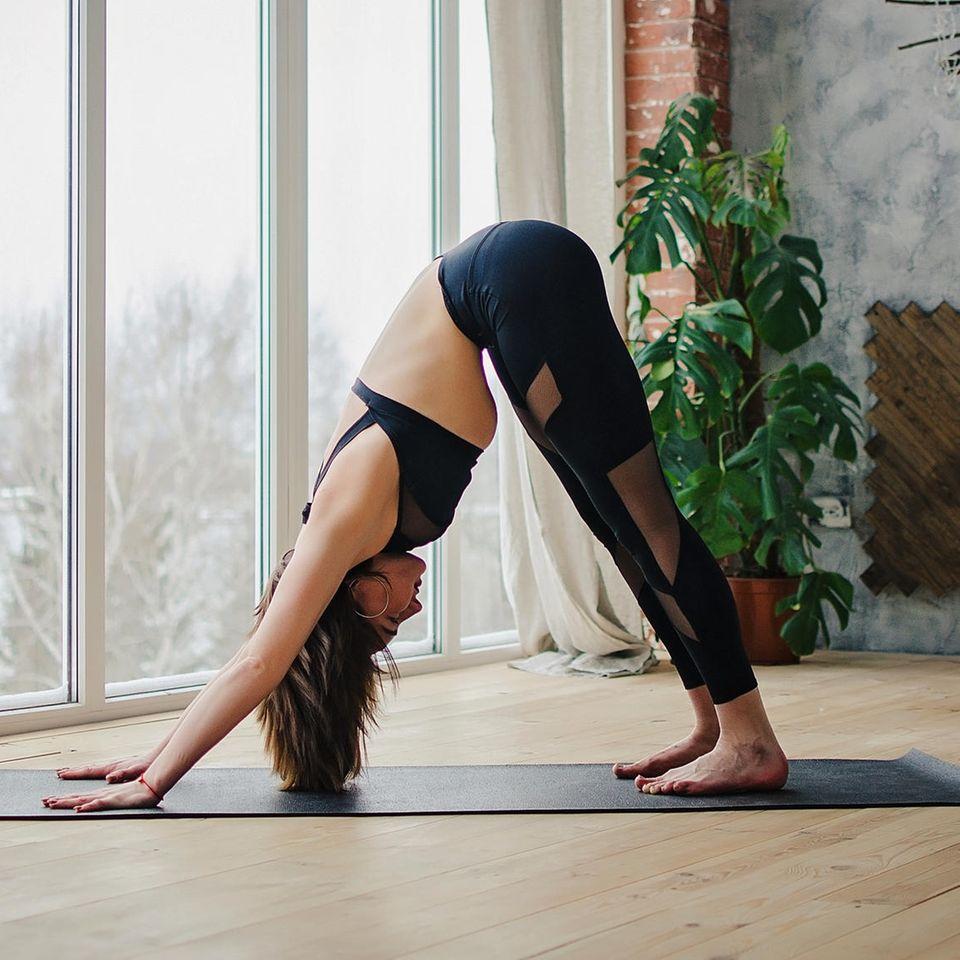
Regardless of whether it's after an injury or a (re)entry into running training - you can achieve great results with targeted strengthening exercises of the foot muscles. Maybe after a while you can – at least for a change – switch to a neutral shoe and continue to develop your muscles.
Which shoe size is the right one?
Point 6 is quickly ticked off. Basically, it should be noted that the shoe size of your leisure shoes cannot be transferred one-to-one to your running shoes. Here you should rather go one size larger. Good indicators are the thumb-width space in front of your toes and the test whether you still have enough room to maneuver with your toes even when flexed (i.e. tiptoes pulled up). The advantage of running shoes: they are often available in different widths. This allows you to determine the right size much more precisely.
The budget you can and want to spend on a good pair of running shoes varies from person to person and depends largely on your goal. Do you want to try jogging first or are you already a passionate runner? Beginners are best advised to use a good all-rounder - especially if you are still unsure whether you have a foot deformity or what type of runner (keyword "pronation") you are.
The good news: entry-level models are available from 100 euros. If you're lucky, you might even get a bargain - for example if you choose a model from last year. With them, neither your wallet nor your joints are unnecessarily burdened.
If you now have an idea of what kind of running shoe is best for you, you will surely find the right model in this overview.
Best running shoes for beginners and smaller budgets Asics Gel Windhawk (neutral shoe)
You value good quality but don't want to spend a fortune on a good pair of running shoes? No problem. You can never go wrong with a cheaper model from the "Asics" brand. The company made a name for itself in the running sector decades ago and over the years has not only gained fans, but also experience. This benefits the runners. The constant further development maintains the high level - and ensures that previous year's models are of high quality but affordable in price. With the "Asics Gel Windhawk" you get a cheap running shoe that the manufacturer recommends for regular runs (up to one hour each).
Nike Air Zoom Pegasus 37 (neutral shoe)
Good news for all lovers of sneakers from the company "Nike": The company has also been able to score points in the running shoe sector since the company was founded. With decades of experience behind them, jogging shoes are regularly created that set new standards. With the "Nike Air Zoom Pegasus 37" model, you can't go wrong, especially as a beginner. It has been a best-seller at Nike itself for decades, because it offers convincing arguments: excellent cushioning without loss of rolling dynamics and good grip on wet surfaces.Affiliate Link-28%Amazon: "Nike AIR Zoom Pegasus 37"Shop now85.85 €119.99 €
Reebok Floatride Energy (neutral shoe)
With the "Floatride Energy" the "Reebok" brand has launched a series of running shoes that is popular with connoisseurs. Medium cushioning ensures a comfortable fit and good rolling characteristics. This model is designed as a neutral shoe and does without stabilizing elements. Therefore, the running shoe is best suited for forefoot and midfoot runners.
Good running shoes are already available for relatively little money. However, these are mostly neutral shoes. If you rely on a stable shoe and the corresponding support, you unfortunately have to pay for this "extra".
These models are suitable for medium budgets Asics Gel Glyde (neutral shoe)
You will find what you are looking for in the "Asics" brand range in the medium price range. The "Asics Gel Glyde" was developed for experienced runners: inside and longer distances on asphalted, paved paths. A special midsole is designed to provide the best combination of comfort and cushioning.
Adidas Solar Glide ST 3 (stable shoe)
With the "Adidas Solar Glide ST 3" runners get an extremely popular stable shoe. With the "Solar Propulsion Rail" your feet get support in terms of stability. Good cushioning in the midsole makes the running shoe ideal for any surface, and recycled materials are further convincing properties.
Tip: The "Adidas Solar Glide" is also available without the "ST"; but then it is a neutral shoe without reinforcement in the midsole.
The price is irrelevant? The best running shoes for a big budget Nike React Infinity Run (Stable Shoe)
Don't let the name "Nike React Infinity Run" (the infinite run) pressure you. Nevertheless: the running shoe offers you everything you need for a long, enduring run: good cushioning enables training that is easy on the joints; stabilizing properties ensure safety. Well-being is the focus of this model.
Asics Gel-Kayano 27 (stable shoe)
The experts from "Runner's World" voted the "Asics Gel-Kayano 27" as their stable shoe of the year several times. No wonder: the stabilizing elements are just as convincing as the cushioning, which ensures a great, light running feeling. In the now 27th generation, the upper material has been improved once again and the damping material (here the so-called "Flytefoam Propel foam") has been developed.
Away from the streets: Trail running shoes for off-road runners
Anyone who likes to leave the beaten path and has the opportunity to run in the forest, across meadows and beaten paths will certainly pay special attention good profiles. With four millimeter studs, the "Asics Trail Gel Kanaku" will give you security on any surface. Should a root or something throw you off balance, inserts on the midfoot and the outer contours provide stability.
Are training shoes the best running shoes?
Do you have good training shoes at home that you usually wear in the gym? Then you might be wondering if you can use them for running as well. Unfortunately we have to disappoint you. Sports shoes and running shoes often have major differences. An example: In the gym, it is often about good stance, good ground contact, so that you can safely carry out your exercises. The rolling behavior of the running shoes stands in the way of this. Conversely, training shoes are not suitable for a well-cushioned, joint-gentle run on hard asphalt running routes. If you want to practice both sports, you will not be able to avoid two different pairs of shoes.
Some links in this article are commercial affiliate links. We mark these with a shopping cart symbol. If you make a purchase, we will receive a percentage of the sales.>> You can find out more about this here.Gala#Themes



